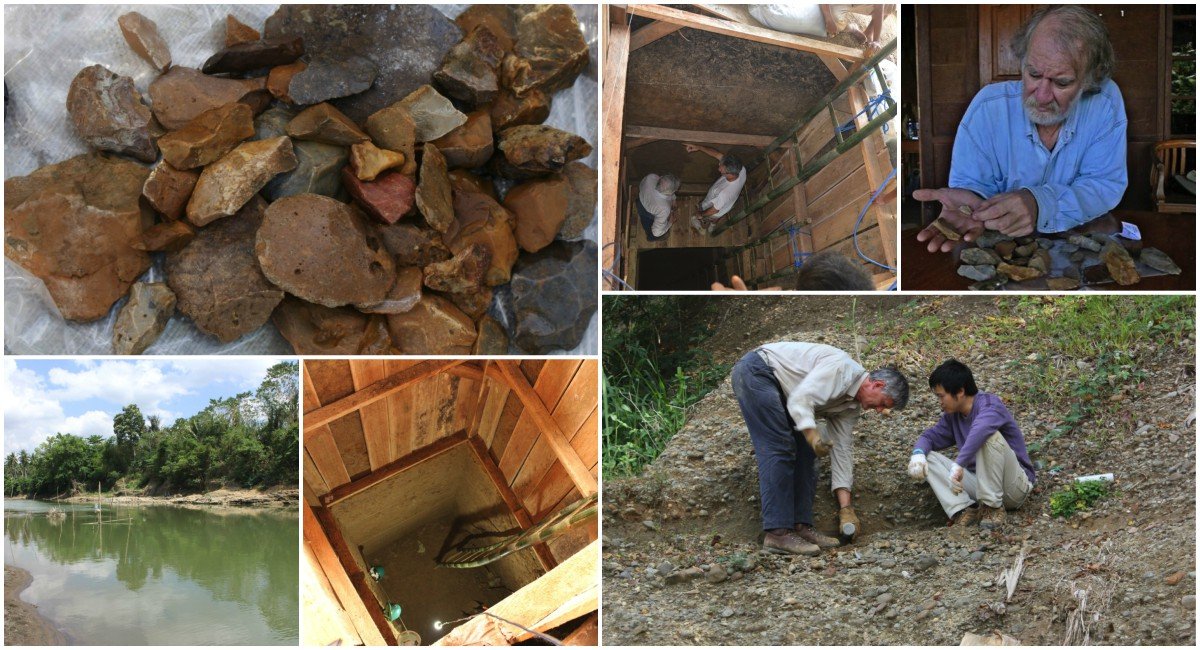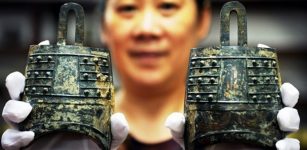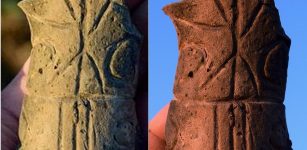Humans Occupied Indonesian Island Of Sulawesi 60,000 Years Earlier Than Previously Thought
MessageToEagle.com – Sulawesi is the largest and oldest island within Wallacea, a vast zone of oceanic islands separating continental Asia from the Pleistocene landmass of Australia and Papua (Sahul).
By one million years ago an unknown hominin lineage had colonized Flores immediately to the south1, and by about 50 thousand years ago, modern humans (Homo sapiens) had crossed to Sahul, writes researchers in their paper published in Nature.

Now, a research team led by project director Dr Gerrit van den Bergh from University of Wollongong’s Centre for Archaeological Science (CAS), presents new evidence of stone artifacts on Sulawesi dated to more than 100,000 years.
New findings suggest that Sulawesi, like Flores, was host to a long-established population of archaic hominins, the ancestral origins and taxonomic status of which remain elusive.
This new evidence pushes back the accepted earliest human occupation of the Indonesian island of Sulawesi to more than 100,000 years ago – 60,000 years than it was previously thought.
It has long been believed that humans first entered the island sometime between 40,000 and 60,000 years ago. Sulawesi could have been a stepping stone for the first people to arrive in Australia 50,000 to 60,000 years ago.
“It now seems that before modern humans entered the island, there might have been pre-modern hominins on Sulawesi at a much earlier stage,” Dr van den Bergh said.
He said it was possible that — like the island of Flores where the ‘Hobbit’ (Homo floresiensis) fossils were discovered more than a decade ago – fossils of pre modern humans may yet be found on Sulawesi, which like Flores, could have been a natural laboratory for human evolution under isolated conditions.”
MessageToEagle.com
source: University of Wollongong










